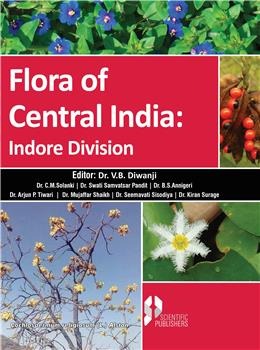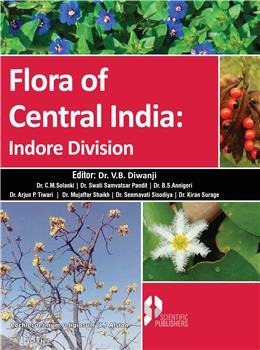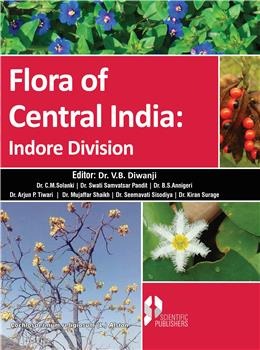Flora of Central India Indore Division
Flora of Central India Indore Division is backordered and will ship as soon as it is back in stock.
Couldn't load pickup availability
Genuine Products Guarantee
Genuine Products Guarantee
We guarantee 100% genuine products, and if proven otherwise, we will compensate you with 10 times the product's cost.
Delivery and Shipping
Delivery and Shipping
Products are generally ready for dispatch within 1 day and typically reach you in 3 to 5 days.
Authors: V.B. Diwanji, C.M. Solanki, Swati Samvatsar, B.S. Annigeri, Arjun Prasad Tiwari, Mujaffar Shaikh, Seemavati Sisodia, & Kiran Surage
ISBN: 9789389832327
Book Format: Hard Bound
Binding: Hard Bound
Language: English
Edition: 1st Edition, 2024
Publisher: Scientific Publisher
Pages: 638
Book Type: Flora
About the Book:
This book presents a comprehensive flora of eight districts, encompassing 1,432 species, 641 genera, and 120 families. It is based entirely on data from The Plant List and is likely the first complete book incorporating this information.
Key features of the book include:
-
The addition of more than 5 species to the Flora of India and 52 species to the Flora of Madhya Pradesh.
-
A unique section on pious trees, including plants of 27 Nakshatras (constellations), 12 plants of the Zodiac signs, and the 24 plants under which Jain Teerthankars achieved salvation.
-
Inclusion of trees related to the nine planets, the Panchwati (group of 5 pious plants), wild relatives of cultivated plants, common avenue trees, ornamental plants, and more.
The chapter on methodology provides insights into the rationale behind the grouping of families based on The Plant List. For example, Malvaceae now includes Bombacaceae, Sterculiaceae, and Tiliaceae, while Verbenaceae includes genera with racemose inflorescences, and Lamiaceae incorporates genera with cymose inflorescences (like Gmelina and Tectona). Additionally, Leguminosae combines former Fabaceae, Caesalpiniaceae, and Mimosaceae based on monocarpellary gynoecium with marginal placentation.





